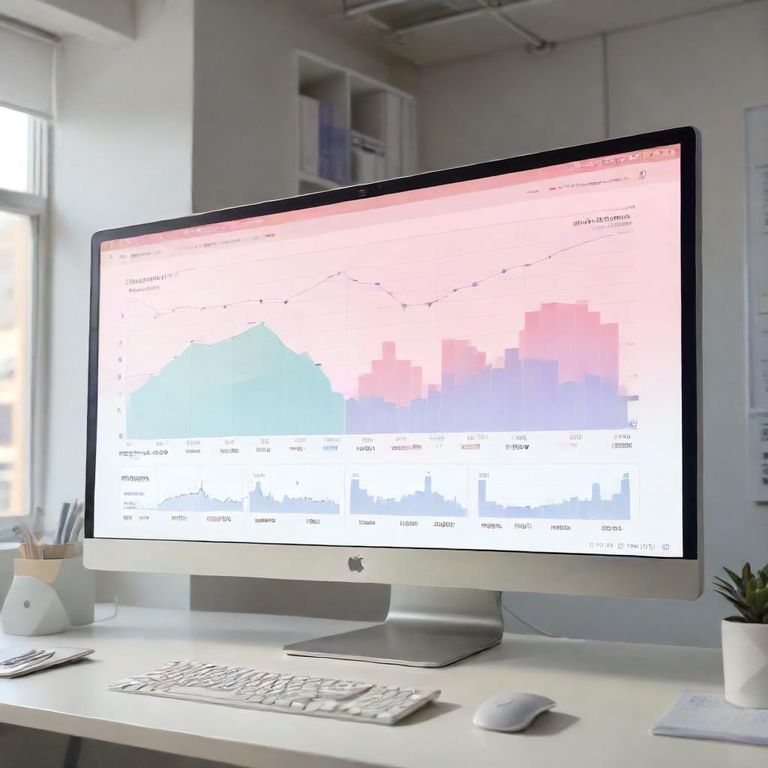ppt to ppb Converter
PPT to PPB: Understanding the Conversion Process
When dealing with chemical concentrations and measurements, understanding how to convert ppt to ppb is essential. PPT, or parts per trillion, and PPB, or parts per billion, are both ways to express very small quantities. This article explains the conversion process, making it accessible to anyone needing clarification on how to perform this calculation.
What Are PPT and PPB?
PPT refers to parts per trillion, while PPB stands for parts per billion. These units of measurement are commonly used in environmental science, chemistry, and engineering to quantify extremely low concentrations. Understanding the difference between them is important for accurate readings and comparisons.
How to Convert PPT to PPB
The conversion from ppt to ppb is straightforward. To convert from parts per trillion to parts per billion, you can use the following formula:
1 ppt = 0.001 ppbThus, to convert a value in ppt to ppb, simply multiply the ppt value by 0.001. For instance, if you have 500 ppt, the conversion to ppb would be:
500 ppt × 0.001 = 0.5 ppbTips for Accurately Performing the Conversion
- Double-check your calculations: Always ensure you’ve multiplied correctly.
- Know your units: Be clear whether you’re starting in ppt or ppb to avoid confusion.
- Use calculators: Consider online tools specifically designed for converting ppt to ppb to streamline the process.
Common Mistakes to Avoid
When converting ppt to ppb, users often overlook small details that can lead to inaccuracies. Here are some typical pitfalls:
- Mixing up the direction of conversion (from ppb to ppt instead of the reverse).
- Ignoring significant figures, which can impact scientific data interpretation.
10 Key Facts About PPT to PPB
- How does ppt to ppb work? It works by converting the 1 ppt value into 0.001 ppb.
- Can you easily ppt to ppb? Yes, especially if you follow the conversion formula correctly.
- What fields require ppt and ppb measurements? They are particularly important in environmental monitoring and chemical analysis.
- Is there a tool to help with this conversion? Yes, many online calculators can assist with converting ppt to ppb.
- Why is accuracy important in these measurements? Because even small errors can lead to significant impacts in scientific outcomes.
- Can I convert ppb back to ppt? Yes, simply multiply ppb by 1000 to get ppt.
- What’s a real-world example of ppt and ppb use? Water quality testing often reports contaminants in both units.
- Are there other related units? Yes, parts per million (ppm) is another unit commonly used.
- What should I remember when converting? Always keep track of your units to avoid errors.
- Can context change the interpretation of these values? Absolutely, as different fields may prioritize different implications of measurement.
LOL, I never thought I’d need to convert ppt to ppb in my life! Is it really that big a deal? Guess I’m learning something new today. Does anyone have tips for understanding this better?
Thanks for breaking this down! I’m still confused tho… What’s the most common scenario where you’d use ppb? Would love some real-life examples!